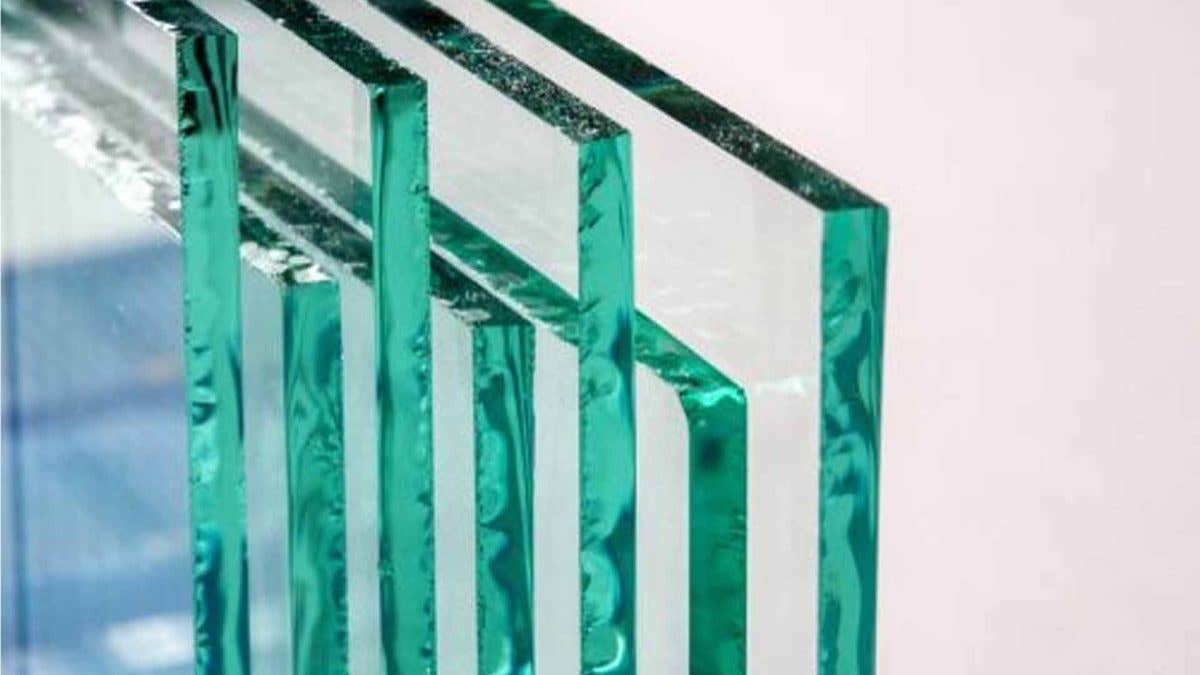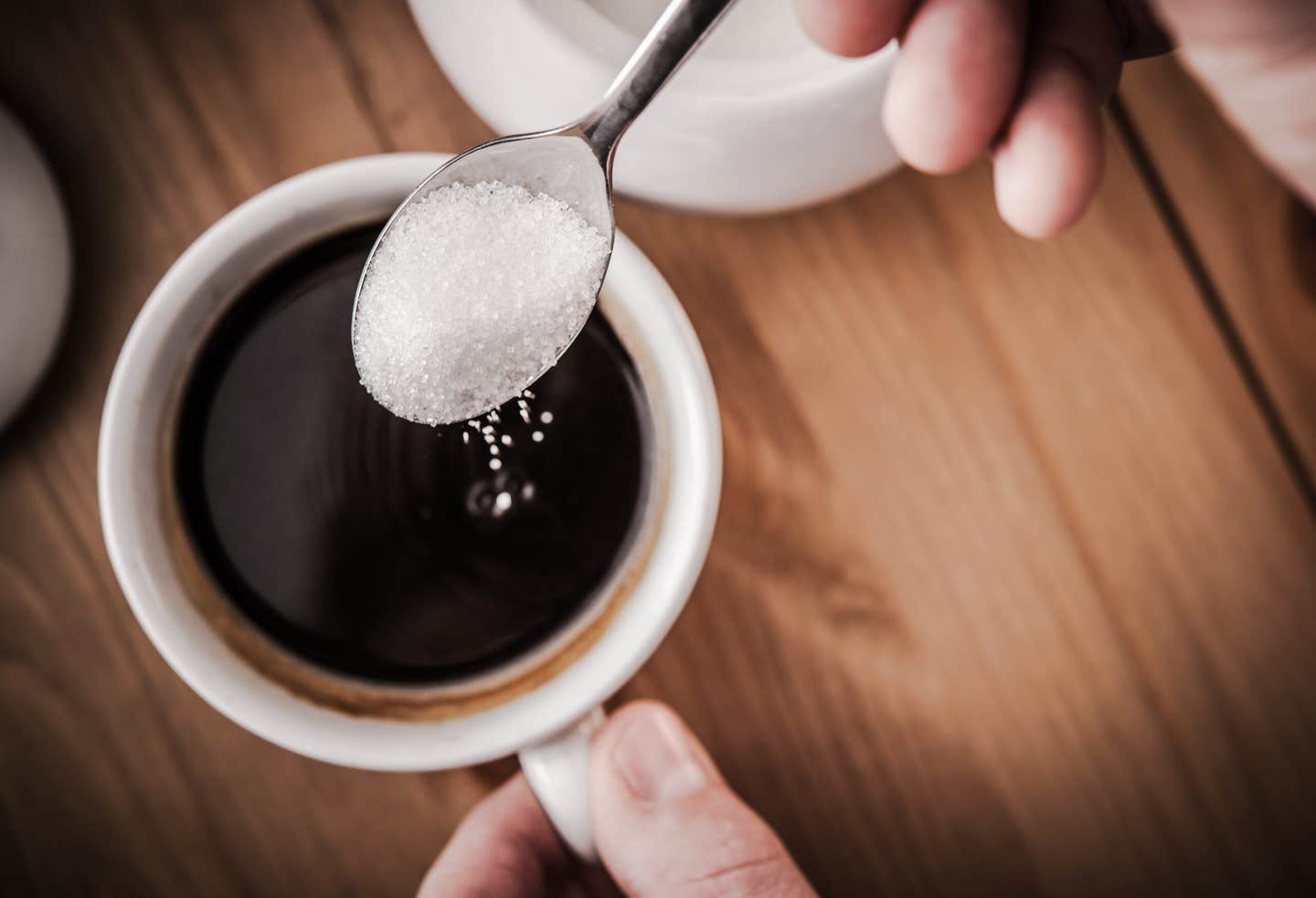Game-changing new glass is 10x more crack resistant than current options
In a world increasingly concerned with sustainable living and eco-friendly choices, LionGlass is nothing short of revolutionary.

[Sept. 21, 2023: Staff Writer, The Brighter Side of News]
A new type of glass engineered by researchers at Penn State requires significantly less energy to produce and is much more damage resistant than standard soda lime silicate glass. (CREDIT: Creative Commons)
In the bustling corridors of Penn State University, a new frontier in glass production is being forged. A novel form of glass dubbed 'LionGlass', named affectionately after the school's mascot, the Nittany Lions, may not only transform the very essence of glass but also pivot its environmental footprint.
In a world increasingly concerned with sustainable living and eco-friendly choices, the creation of LionGlass is nothing short of revolutionary. A promising invention, this form of glass is not just remarkably less fragile than its conventional counterparts, but its creation also requires significantly less energy. It holds the potential to dramatically reduce carbon pollution, addressing an overlooked issue that has significant environmental ramifications.
Energy Consumption and Environmental Impact
Traditional glass manufacturing, while seemingly benign, contributes nearly 95 million tons of heat-trapping carbon releases annually. To put this into perspective, the emissions equate to the pollution generated by over 19 million gas-powered vehicles running for an entire year. The Environmental Protection Agency's statistics shine a light on a pertinent issue that LionGlass might help mitigate.
The traditional recipe for glass involves the fusion of quartz sand, soda ash, and limestone at temperatures soaring over 2,700 degrees Fahrenheit. The majority of the carbon footprint and energy usage stems from this intense heating process, coupled with the subsequent chemical reactions.
Related Stories:
Diverging from the conventional, LionGlass's uniqueness lies in its distinct composition. This novel blend of input materials requires a substantially lower melting temperature—up to 720 degrees Fahrenheit lesser. Consequently, this slashes the energy consumption by a commendable 30%. Moreover, these raw materials are inherently low in carbon.
Nick Clark, a postdoctoral fellow integral to the LionGlass project, remarked, “We kept increasing the weight on LionGlass until we reached the maximum load the equipment will allow. It simply wouldn’t crack.” Such durability offers incredible promise for myriad applications.
A Vision for Sustainable Manufacturing
The visionary behind this game-changing discovery, Professor John Mauro, emphasizes the broader goal. “Our goal is to make glass manufacturing sustainable for the long term,” he conveyed in a Penn State announcement. Mauro's aspirations don't just end at producing eco-friendly glass. Given LionGlass's robustness, he envisages a future where products crafted using it can be leaner and lighter, leading to an array of ancillary environmental advantages.
If we have a lighter-weight product, that is even better for the environment, because we use less raw materials and need less energy to produce it. (CREDIT: Penn State)
Professor Mauro elaborated on this vision, saying, “If we have a lighter-weight product, that is even better for the environment, because we use less raw materials and need less energy to produce it.” The domino effect of benefits even extends to transportation. Lighter products imply less energy expended in transit, translating to further carbon savings.
However, as groundbreaking as LionGlass is, it's still in its embryonic stages. BBC News reported certain constraints, including its potential unsuitability for smartphone screens due to temperature sensitivity during production.
A sample of LionGlass, a new type of glass engineered by researchers at Penn State that requires significantly less energy to produce and is much more damage resistant than standard soda lime silicate glass. (Credit: Adrienne Berard)
Yet, every invention has its initial hurdles. As the research deepens, the team at Penn State is actively exploring a myriad of other applications. Their ambitions are grand, as they're eyeing patents for an entire "family of glasses" with varied compositions, each with the potential to contribute uniquely to the planet.
“Humans learned how to manufacture glass more than 5,000 years ago and since then it has been critical to bringing modern civilization to where it is today,” Mauro said. “Now, we are at a point in time when we need it to help shape the future, as we face global challenges such as environmental issues, renewable energy, energy efficiency, health care and urban development. Glass can play a vital role in solving these issues, and we are ready to contribute.”
LionGlass can help glass manufacturers reduce their carbon emissions and can come in a variety of colours. (CREDIT: Creative Commons)
In the wake of environmental challenges, innovations like LionGlass emerge as beacons of hope. While the specifics of its composition and full capabilities are still under wraps, the initial findings promise a brighter and more sustainable future.
As we eagerly await further developments, one thing is clear: the world of glass production is on the cusp of a major transformation, and LionGlass is at its helm.
For more science news stories check out our New Innovations section at The Brighter Side of News.
Note: Materials provided above by The Brighter Side of News. Content may be edited for style and length.
Like these kind of feel good stories? Get the Brighter Side of News' newsletter.



